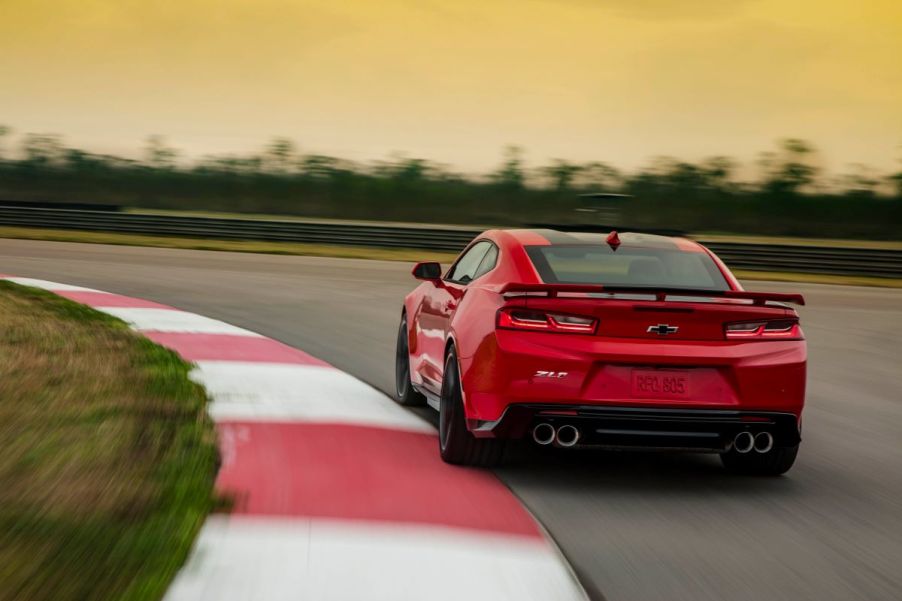
How Does Car and Driver Test and Rank Cars?
Not everyone new car customer has the time to spend hours or even days test-driving every vehicle. People have jobs, but there are some whose occupations are conducting car reviews, putting new models through the wringer. While plenty of outlets and publications are dedicated to consumer product reviews, a few of the established names are the go-to for many. Car and Driver started back in 1956, and their expertise is atop the modern automotive era.
Why does Car and Driver test cars?

It’s quite convenient for folks to know which trim level has heated leather seats without spending hours at a dealership. But test drivers and reviewers don’t just explain various car configurations; they test the limits consumers can’t. That is, without a serious traffic violation.
Aggressive 0-60 mph sprints, quarter-mile times, slaloms, and top speed trials will easily land a potential car customer in trouble on a test drive. Therefore, reviewers at Car and Driver use a closed test track. Furthermore, they aren’t relying on smartphone stopwatches; they employ a highly sophisticated VBOX GPS data logger for acceleration, speed, and positioning.
What exactly does Car and Driver test?
Apart from the grid listing horsepower, torque figures, and general dimensions, much thought is put into everyday use. For instance, they understand noise levels at various speeds to calculate in-cabin drones. Testers ensure they unhook, unlatch, fold over, and change all seating positions to measure every nook and cranny. This provides potential customers with exact interior and cargo space measurements without bringing a tape measure to the dealership. Car and Driver testers even determine if taller occupants will be comfortable and the back and if the roof pillars obstruct the driver’s line of sight.
Outside of touchpoints, infotainment systems, and aesthetics, Car and Driver also analyzes whether manufacturer ratings and government fuel economy numbers hold up. In all, over 200 vehicle data points are collected on nearly 400 examples the outlet tests every year.
Is there anything they don’t test?
Car and Driver performs their own subjective evaluations of car safety equipment. From active driver-assistance technology to LATCH anchors to seat adjustments for child seats, it grants a good picture for consumers.
However, Car and Driver doesn’t conduct their own crash tests. They rely on two nationwide agencies to do the work. The National Highway and Traffic Safety Administration (NHTSA) and the Insurance Institute for Highway Safety (IIHS) puts cars, trucks, and SUVs through their comprehensive analysis. If the NHTSA or the IIHS hasn’t crash-tested a newer model, Car and Driver won’t assign it a safety rating.
The outlet also doesn’t have much to offer in terms of practical benefits with manufacturer warranties. Car and Driver’s 40,000-mile long-term test cars allow a glimpse into scheduled maintenance coverage but nothing more than the car’s early life.
Overall vehicle ratings
Car and Driver assigns each car they test a rating on a ten-point scale. They group all comparable competitors together to give potential customers an idea of which offerings are better or worse than another. Nevertheless, characteristics may be weighed differently in each segment. For example, Car and Driver wouldn’t penalize a Toyota Sienna minivan for a slower 0-60 mph time than McLaren’s Senna. Conversely, the Lamborghini Huracan won’t get a lower score than a Chevrolet Tahoe for less cargo space.
Since opinions are subjective, Car and Driver gatherers its reviewers together to finalize a clear score. Therefore, neither compassionate nor pitiful commentary can unfairly sway a vehicle’s score.


